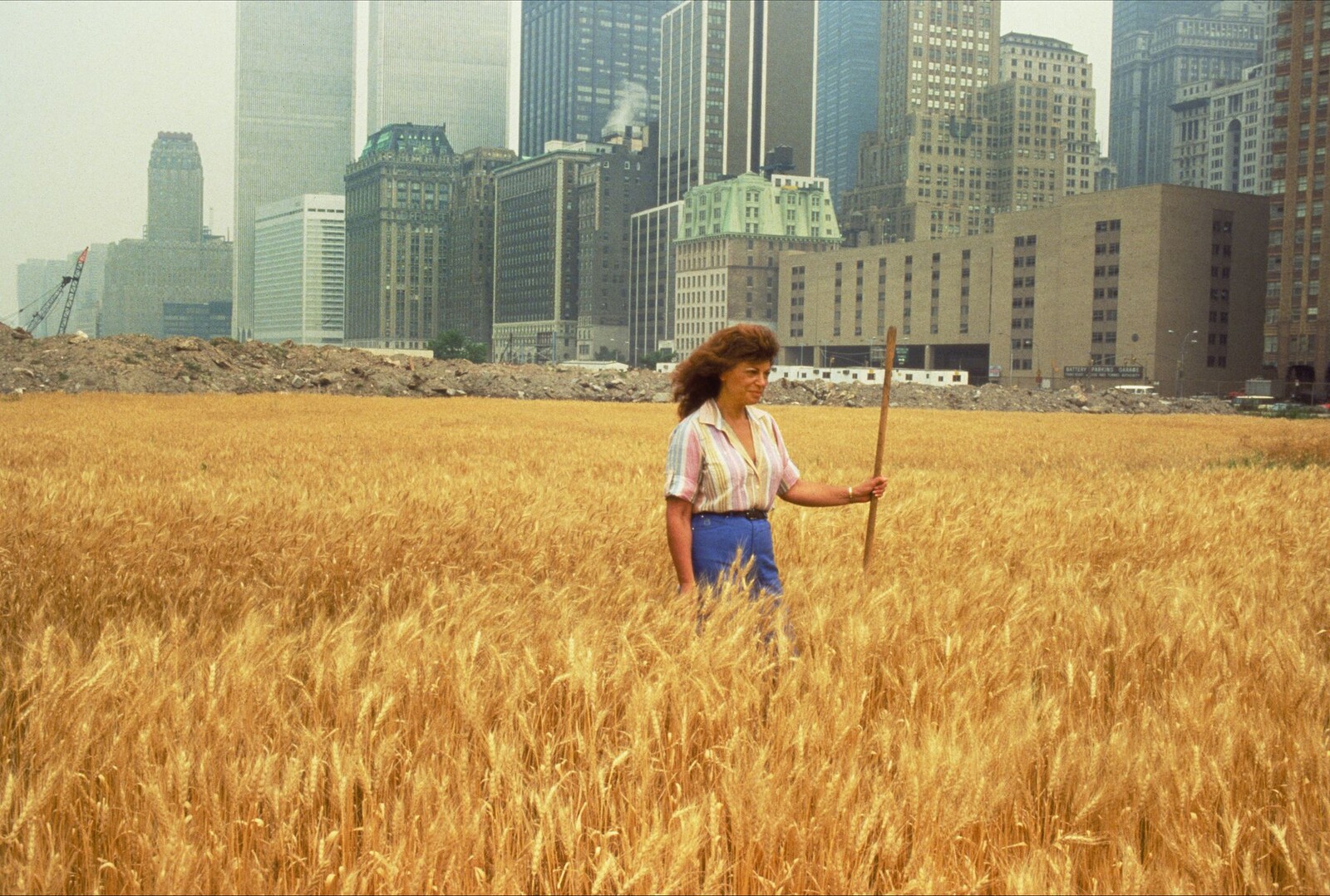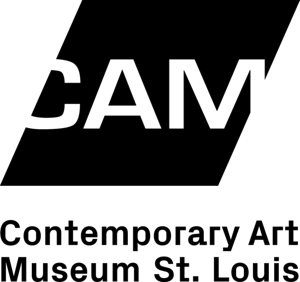KAWS: FAR FAR DOWN
May 5–August 13, 2017
3750 Washington Blvd
St. Louis, MO 63108
United States
Hours: Wednesday–Sunday 10am–5pm,
Thursday–Friday 10am–8pm
T +1 3145350770311
esilva@camstl.org
In CAM’s main galleries, Urban Planning: Art and the City 1967–2017 presents 24 renowned artists responding to the social, political, economic, and environmental effects of urban development in the United States. Urban Planning explores momentous social upheavals—the Civil Rights movement, gentrification, post-industrialization, white flight, the emptying of American cities, and the expansion of the suburbs—through a variety of media, including sculpture, drawing, photography, moving image, and installation. Rather than pose a definitive historical trajectory, the exhibition embraces a ruminative and introspective approach, winding through time and place to touch on situations and themes ranging from the sociopolitical to the deeply personal, all through the lens of artistic observation.
St. Louis provides a thematic through line for Urban Planning. The birthplace of the national highway system, the home of the Gateway Arch, a city that continues to experience its own social and environmental disruption, racial violence, and economic strife—St. Louis connects with analogous urban centers across the country. Using gathered detritus from around the city, Abigail DeVille creates St. Louis Blues, a new site-specific installation for the Museum. Her act of scavenging, recycling, and transformation serves as a distinctive metaphor for the exhibition as a whole—a creative act of will and imagination; a restorative, hopeful force.
Urban Planning: Art and the City 1967–2017 features work by artists Robert Adams, Edgar Arcenaux, Mark Bradford, Juan William Chávez, Agnes Denes, Abigail DeVille, Kevin Jerome Everson, Cyprien Gaillard, Theaster Gates, Dan Graham, David Hartt, Zoe Leonard, Glenn Ligon, Josiah McElheny, Catherine Opie, Robert Overby, Michael Rakowitz, Martha Rosler, Ed Ruscha, Gary Simmons, Robert Smithson, Maya Stovall, Oscar Tuazon, and Sara VanDerBeek.
This exhibition is generously supported by the Graham Foundation for Advanced Studies in the Fine Arts. Abigail DeVille’s site-specific installation is made possible by the Harpo Foundation. The Artist Panel is generously supported by the Robert Lehman Foundation, Inc. and The Divided City: An Urban Humanities Initiative, Washington University in St. Louis, funded by the Andrew W. Mellon Foundation.
For KAWS: FAR FAR DOWN, the multifaceted artist creates a site-specific painting on CAM’s 60-foot long Project Wall, the large-scale work serving as a backdrop for three major new paintings. KAWS will also debut a new permutation from his sculpture series, TOGETHER—bronze painted figures in a consoling embrace—in the Museum’s courtyard. KAWS’s singular imagery emerged in the early 1990s, when the artist painted over existing advertisements in metropolises around the world. The playfulness of KAWS’s forms belie a serious formal aesthetic—an artist with a dedication to craft and a respect for the handmade. KAWS’s work is often imbued with an unexpected emotional power, with his characters drawing profound links between popular culture, commercialization, and the human condition.
KAWS’s Work in Progress artist talk is generously supported by the Robert Lehman Foundation, Inc.
Also on view is Color Key: Ellie Balk, Addoley Dzegede, and Amy Reidel, a group exhibition by recipients of the Creative Stimulus Awards, sponsored by Critical Mass for the Visual Arts.
Urban Planning: Art and the City 1967–2017 is organized for CAM by by Kelly Shindler, guest curator. KAWS: FAR FAR DOWN is organized for CAM by Lisa Melandri, Executive Director.



